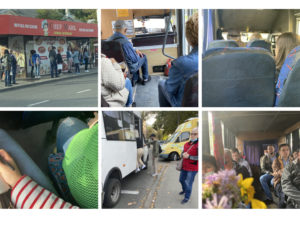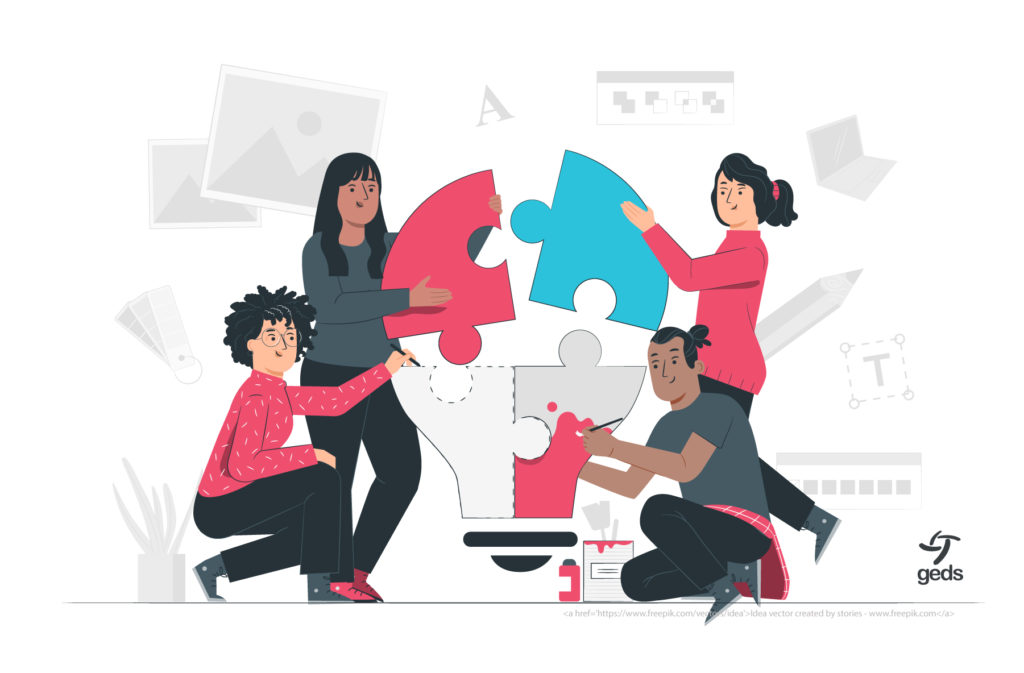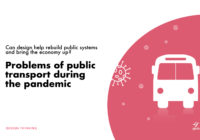In a previous post we talked about design thinking and how can we use it to solve complex problems. Also, we introduced the aim of this design thinking case which is to protect the survival of public transport, at the same time ensure safe mobility to passengers.
“As people around the world emerge from coronavirus lockdowns and return to work, the question of how to provide safe and sustainable public transport is becoming increasingly urgent. At the same time, operators need passenger numbers to return to healthy levels to maintain their networks.” By World Economic Forum, Jul 2020.
Discover
To design a correct way to solve the problems of public transport, first, they had to be discovered. By emphasizing with the user through research methods and tools like observation, service safari, shadowing, emotional journey, interviews we were able to identify the problems. Primary research concluded – the safety problems in public transport are out of control in Mykolaiv, Ukraine. Half of the passengers and drivers are not wearing masks, the majority of the vehicles are overcrowded and sanitation rarely takes place. Even though the government imposed a law that states “only sited passengers can be transported, wearing a mask is an obligatory requirement”, people are not complying to government guidance. As a result, cases of Coronavirus-19 are rising. We are now in the second lockdown.
Problems:
- Public transport fails to provide services
- The masks do not help if the place is not hygiene and overcrowded
- Seats and ramps don’t get disinfected
- People do not follow the rules of self-distancing in public transport due to overcrowding
- Some minibuses are overcrowded. The limited occupancy does not apply in some busses. Busses take only a limited number of passengers when control is present
- Some routes are shut down; a limited amount of minibuses increases the waiting time of passengers to more than an hour.
- Public drivers struggle to earn a living and to maintain healthy measures
Some people are trying to protect themselves. Some given-up trying as public transport fails to provide safe mobility.
 Continue reading on the next blog post (Interviews as a part of design research)
Continue reading on the next blog post (Interviews as a part of design research)
If you have questions or comments you can contact with us.A Design Thinking Case for Public Transportation during Pandemic – Interviews





